Effects on Fish During Hot Weather
By Rick Bramwell
The beginning of summer didn’t wait. There were 40 record-breaking hot temperatures in the East on Tuesday. In my many years of fishing, I have come to understand how warm water temperatures impact fishing and the fish.
Small bodies of water suffer the most. Even reservoirs are affected. The water stratifies into three layers. The top layer is called the epilimnion, the thermocline is in the middle, and the hypolimnion is at the bottom.
If you’ve ever swum in a pond during the heat of summer, you will notice that the first two to three feet is very warm. At four feet, the water is noticeably cooler. With your feet on or near the bottom, the water feels cold. Temperature, dissolved oxygen and density all play a role in this stratification.
Only the middle layer has enough oxygen for the fish. In shallow ponds, that band may only be two feet.

Emergent plants, which usually produce oxygen, become stressed. Algae can die, releasing carbon dioxide into the water and potentially killing some or all of the fish.
We need rain to cool the water and add oxygen. Strong winds, minus any precipitation, can mix the top two layers and cause a fish kill.
I have three ponds that I’m concerned about. One is no more than five feet with way too many fish. Bob May and I have ished it three times this spring, keeping every, mostly small, bluegill we catch. The pond is shrouded with cattails and full of weeds. I hope we helped it enough.
Another pond is about six feet deep at its deepest point. It has big bluegill and mostly stunted bass. I’d hate to lose those giant bluegill and redear, but remember the pond having a partial fish kill three summers ago.
It is an unfortunate fact that warm water holds less dissolved oxygen. The trouble is that the demand for the fish, plant life and benthic organisms stays the same.
The third pond is approximately nine acres in size, with good depth and some weeds. What will most likely save the fish in this pond is three aerators. Circulating the water keeps it at a cooler temperature and prevents stratification. These pumps are money well spent.
My late friend Huey Cravens was a great deep-water bass fisherman. He and I would launch his boat about midnight and fish until an hour after dawn at Morse Reservoir
We found breaks and humps with his electronics and fished the drop-offs. Those bass stayed in 12-to 16-foot depths of water. We caught them all on a big plastic worm. All we had to go by was the feel in our graphite rods.
I once fished with two men from East Tennessee on Lake Norris. It was after midnight and raining. We were using single-blade spinnerbaits to catch smallmouths at depths of 25-30 feet off points.
I don’t expect to revisit those old patterns; I enjoy a good night’s sleep too much. I will consider an all-day rain without lightning. Tight Lines
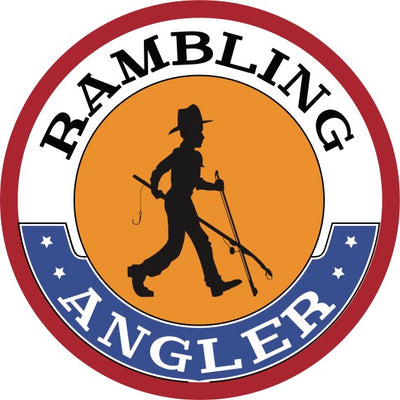
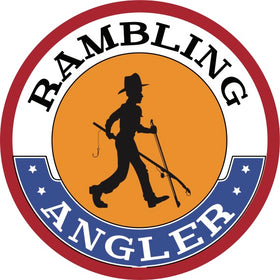


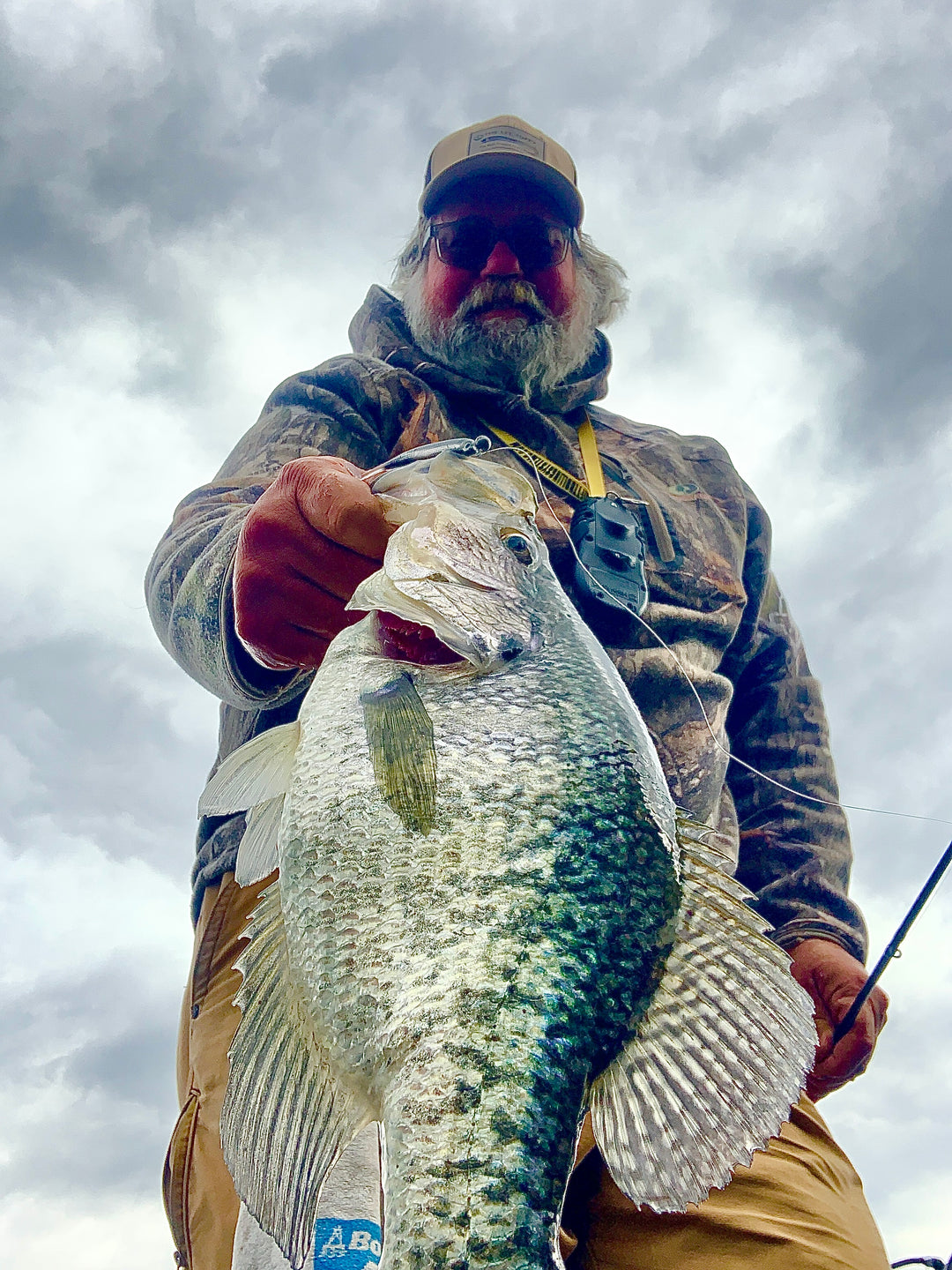
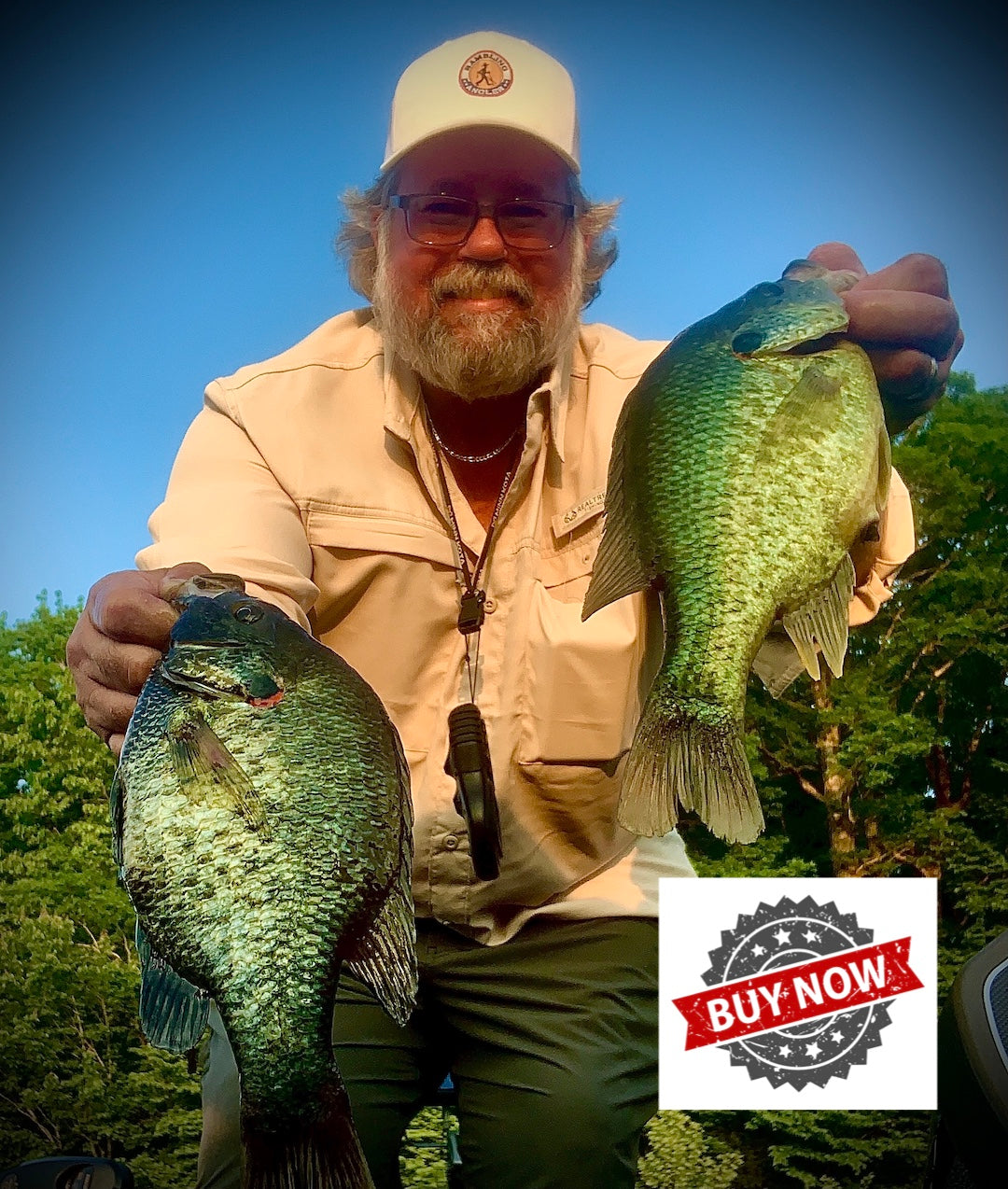


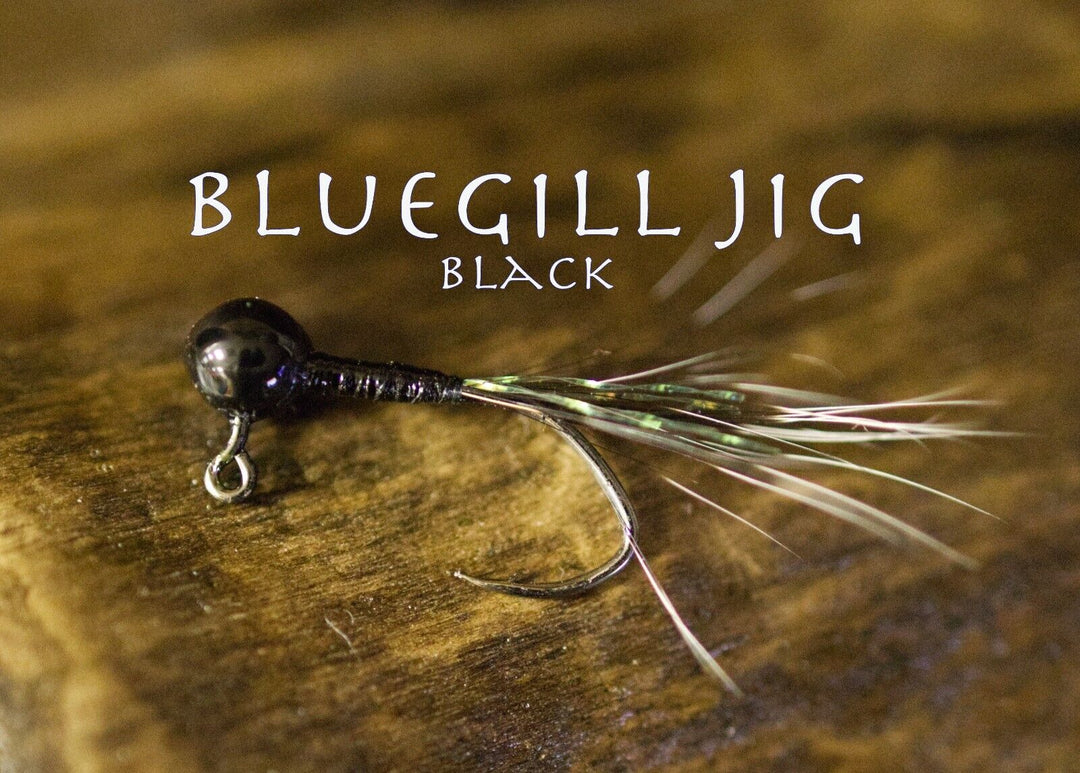






Leave a comment